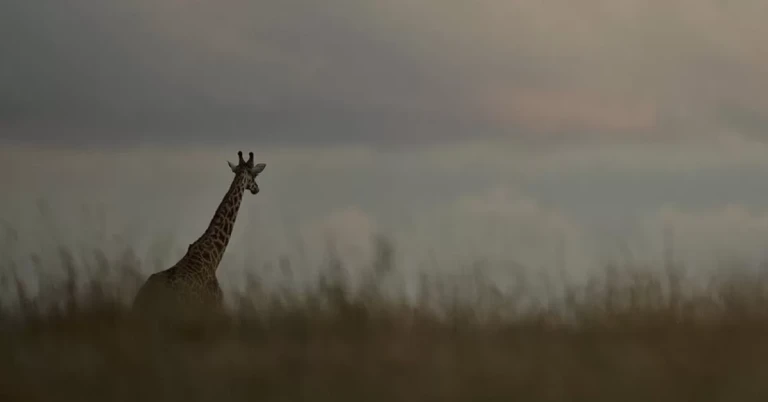 Are you dreaming of witnessing the majestic wildlife of Africa in its natural habitat? Then Masai Mara should definitely be on your travel bucket list. This iconic national reserve in Kenya is renowned for its abundant wildlife, stunning landscapes, and unique cultural experiences. Let\'s dive into the details to help you plan your adventure of a lifetime.
Are you dreaming of witnessing the majestic wildlife of Africa in its natural habitat? Then Masai Mara should definitely be on your travel bucket list. This iconic national reserve in Kenya is renowned for its abundant wildlife, stunning landscapes, and unique cultural experiences. Let\'s dive into the details to help you plan your adventure of a lifetime.
Understanding the Seasons:
Each season offers its own set of experiences and wildlife sightings, so choosing the right time to visit largely depends on your preferences and interests.
Dry Season (June to October):
The dry season, also known as the peak season, runs from June to October. This period is characterized by clear skies, warm temperatures, and minimal rainfall. It\'s considered the best time to visit Masai Mara for wildlife enthusiasts, as the sparse vegetation makes it easier to spot animals congregating around water sources.
During the dry season, the Great Migration takes center stage. Millions of wildebeests, zebras, and other herbivores migrate from the Serengeti in Tanzania to Masai Mara in search of greener pastures. Witnessing this incredible spectacle is a once-in-a-lifetime experience that shouldn\'t be missed.
Moreover, the dry season offers excellent opportunities for game drives, as animals gather around waterholes and rivers, providing ample chances for up-close encounters with lions, elephants, giraffes, and more.
Wet Season (November to May):
The wet season in Masai Mara lasts from November to May, with April and May being the wettest months. While the rains transform the landscape into a lush green paradise, they also make certain areas inaccessible due to muddy roads. However, for birdwatchers and photography enthusiasts, the wet season offers its own charm.
During this time, the plains teem with life as newborn animals make their debut, and birdlife flourishes with the abundance of insects. The scenery is breathtaking, with vibrant flowers in bloom and dramatic skies adding to the photogenic appeal of Masai Mara.
Choosing the Best Time for Your Visit:
When deciding on the best time to visit Masai Mara, consider your interests and what you hope to experience during your trip. If witnessing the Great Migration is a priority, plan your visit during the dry season, preferably between July and September, when the herds cross the Mara River.
On the other hand, if you prefer quieter safaris with fewer crowds and don\'t mind occasional showers, the wet season offers its own rewards. Just be prepared for the possibility of muddy roads and sporadic rain showers.
Additional Tips for Your Masai Mara Safari:
Book Early: Whether you\'re visiting during the peak season or the wet season, it\'s advisable to book your accommodations and safari tours well in advance to secure the best deals and availability.
Pack Accordingly: Regardless of the season, pack lightweight, breathable clothing in neutral colors for safari drives. Don\'t forget essentials like sunscreen, insect repellent, a hat, and sturdy walking shoes.
Be Flexible: Nature is unpredictable, so be prepared to adapt your plans based on weather conditions and wildlife sightings.
Respect Wildlife and Culture: Remember that you are a guest in the animals\' habitat and the land of the Maasai people. Always maintain a respectful distance from wildlife, follow your guide\'s instructions, and engage with the local community responsibly.
In conclusion, the best time to visit Masai Mara depends on your preferences and interests. Whether you choose the dry season for optimal wildlife viewing or the wet season for lush landscapes and birdwatching, Masai Mara promises an unforgettable safari experience. So pack your bags, camera, and spirit of adventure, and get ready to embark on a journey into the heart of Africa\'s wilderness.

